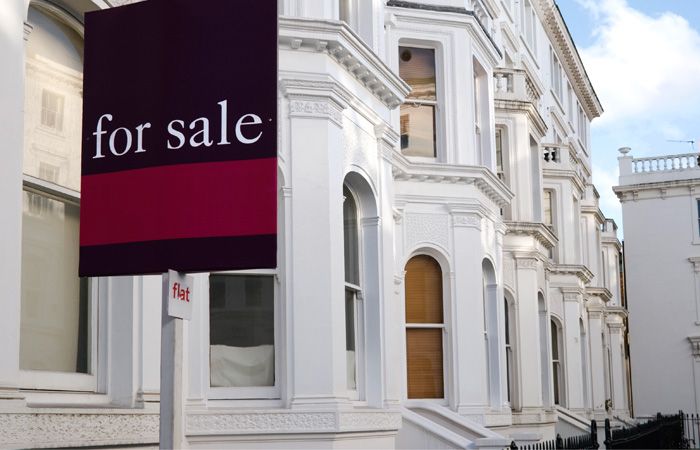
UK house price rises have outweighed stamp duty savings, according to a report from MIAC Property Analytics.
The North West saw house prices rise most sharply between June 2020, the month before the tax relief was introduced, and April 2021, with an overall increase of 3.7% in real terms despite an average stamp duty saving of £1,849.
MIAC research looked at Land Registry data over the last four years to compare house prices between last June and April 2021 to study the impact of the tax relief on house prices.
It says, “every region in the UK has experienced a rise in average sold property prices irrespective of the ‘saving’ made from the stamp duty holiday”.
The report adds Yorkshire and the Humber was the second biggest loser, with a home costing on average 3.3% more in April.
The East Midlands was third with a property costing 3.1% more, with London next with a 2.9% average price rise.
However, when the survey drilled down into smaller districts, it did find “stamp duty winners”.
Buyers in Hammersmith and Fulham made the greatest saving, with a stamp duty reduction of £14,680 allowing them to save £8,272, despite average house prices in the area rising from £784,460 last June to £790,867 in April.
By contrast, homebuyers in Westminster saw the biggest price hike, paying £138,316 more on average. The average terraced house in Westminster sold for £3,994,547 in April – £243,911 more than ten months before despite buyers saving £15,000 on stamp duty.
Rutland, in the East Midlands, saw the biggest house price increase outside London, with people paying on average £39,364 more, despite a £9,899 tax relief saving.
The stamp duty holiday was introduced last July by chancellor Rishi Sunak, waiving the tax on properties valued up to £500,000.
Sunak hoped to kick-start the housing market, which due to lockdown restrictions that took effect last March had ground to a halt.
From today, the nil-rate threshold will be reduced from £500,000 to £250,000 until the end of September.
From 1 October, the threshold will return to £125,000 – or £300,000 for first-time buyers purchasing a property worth up to £500,000.
MIAC Analytics managing director Darrel Welch says: “The stamp duty holiday was an initiative designed to reboot a property market that had effectively stagnated as the pandemic and lockdown measures delayed completions and made house viewings virtually impossible.
“One of the unintended consequences of the stamp duty holiday has been a gold rush to complete before the respective deadlines, with the unprecedented demand pushing up prices in return.”
Welch adds: “What this data shows is that a significant amount of the stamp duty saving made over the last year has simply been added onto the cost of the sale, in some cases adding tens of thousands of pounds on to a mortgage.
“This data provides a snapshot of the holiday’s impact in real time, but it will be at least six to twelve months down the line until we can understand the true impact. If house prices snap back to pre-pandemic trends, then thousands of people could be at risk of over-sized mortgages and negative equity.”



